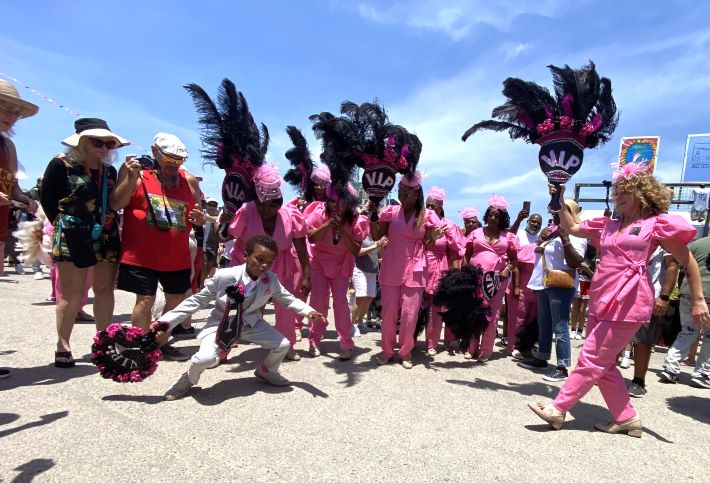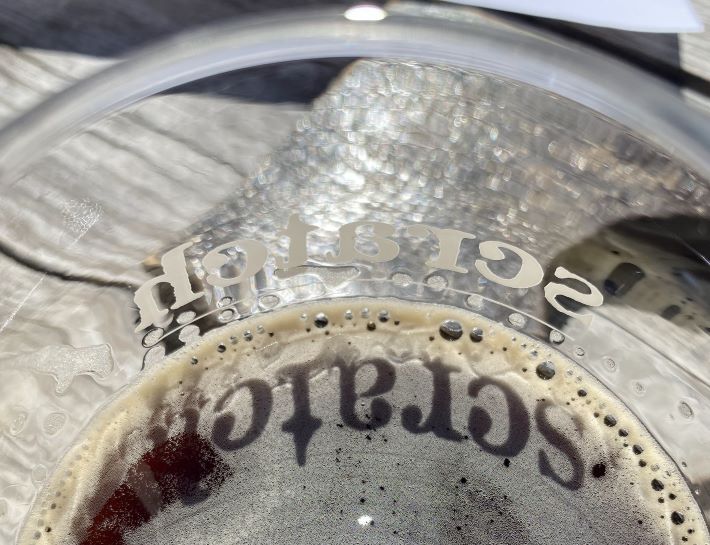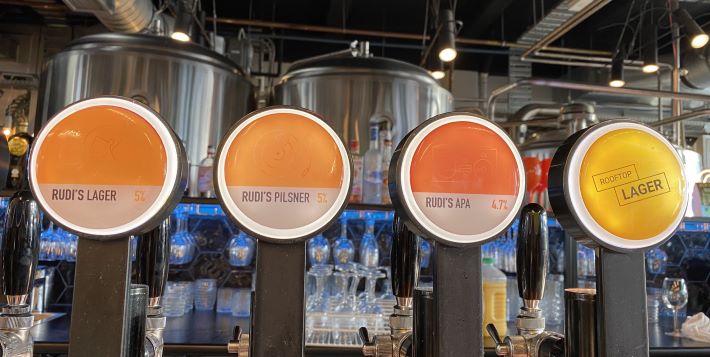
In the wine world, when talking about grapes, it is only a “matter of time until the notion of typicity comes up.”
Of course, wine is more dependent on a singular ingredient than beer. D’oh. But there is more to wine than grapes, and talking about typicity gets quickly complicated. Immerse yourself, if you will, or simply consider this, with two suggested changes in brackets.
“There are trends that influence and change wine [beer] styles in every region and with almost every grape [ingredient]; I think the older we get the more natural it is for us to shun new trends when the reality is we have been a part of all sorts of trends, and many have come before us.”
In the revised edition of “The Complete Beer Course” (ships in June), Josh Bernstein writes, “In the beer world, there’s an ongoing hullabaloo about the utility of style. Why do beers have to fit within neatly defined parameters? Short answer: they don’t. To me, styles prove their worth as a general framework, a reference point for discussion and a launch bad for endless future innovation.”
So it seems timely that Jeff Alworth posted this Thursday: “I’ve gone on and on [my note: indeed], so I’ll summarize and end this. Styles are not something actual, they’re a linguistic convenience. Beers are constantly changing, so any term will be a snapshot in time, and the more specific that term is (robust porter versus brown porter), the quicker it will stop describing what we find in the marketplace. And finally, there are far, far better ways to understand beers than as a catalogue of names with their associated stats.”
We spent 30 or so hours during the last four days at the New Orleans Jazz & Heritage Festival, surrounded by our favorite music genres. Not once in the Blues Tent did I stop to think about the 44 blues sub-genres listed here, certainly not while listening to a zydeco version of “Rockin’ Robin.” Or if the music qualified as traditional or authentic. Or if it had to adhere to tradition to be authentic.
This is a place where “trad jazz” has its own tent. In a city where jazz funerals are an integral part of its culture. (The photo at the top is from the parade at Jazz Fest celebrating the life of Walter “Wolfman” Washington.) And one where there is always something new (that includes food as well as music).
We’ve been coming to Jazz Fest since 1990, although not every year, and change is constant. We’ve never seen anything as spectacular as what Jon Baptiste put together Saturday. He was joined on stage by “30-odd members of his St. Augustine High School alma mater’s Marching 100, the Gospel Soul Children choir, the four members of The Boyz pow-wow band, his own band, four dancers and a couple of dudes painted gold.”
To return to typicity and beer styles, I spend little time thinking about competition categories. I look at them when I judge, and for the record, the BJCP guidelines are much broader, inclusive if you will, than they once were. I’m more interested in the process that results in excellent beer, past and future tense.
Sentences that include “I think the older we get the more natural it is for us to shun new trends when the reality is we have been a part of all sorts of trends” make me stop and think. Saturday, when Jon Baptiste yelled “jump,” I saw plenty of people almost as old as I am leap into the air, raise their hands and sing “freedom” along with him.
Let’s be honest, music has magic powers that beer does not. Still, talking about music, beer, or even Texas barbecue, tradition and categories aren’t what muzzle creativity.
What sets it free? Place seems to play a role.
You might also enjoy
– Nobody Cares About Sustainable Beer. And, just like that, I feel like a nobody. Seriously, I know many brewers who do care. They are waiting for consumers to catch up.
– Craft, or artisanal? “I am perfectly happy to own the possibility that this mindset is purely a VelkyAl thing.”
– Beer’s Most Despised Glasses: Are the Shaker and Teku Really That Bad? Exactly my thought before I even started reading the story: “Neither are worthy of much loathing (I mean, they’re just glasses, people).”
– Cask culture for the future. “Accessible, consistent beers. We’ve never chased the latest faddish trends, with no disrespect to those breweries that do… but that’s just not our style.” Citra and Galaxy hops once screamed innovative, and they still can be used that way. But it seems Fuggle may serve a similar purpose.
– Pub etiquette. The story begins, “Two men get up, put on their coats, and slip out of the door. They leave two pint glasses on the table, each with less than an inch of beer.” Read on.
– Craft Beer Investor Psychology. “It sounds unfathomable to be investing in craft beer right now with the economy such a question mark and breweries having surpassed their saturation point, but that’s exactly how market psychology works.”
– Strange brew: Why negative branding is fueling the craft beer industry. Finally, I missed this last month while traveling. There are some fact issues – “in 2011 there were zero taprooms and 1.4 million micro-breweries in the U.S. and by 2021 those numbers had grown to 2 million taprooms and 4.5 million micro-breweries.” Huh? But it’s amusing to read hypothesizing from outside the bubble.


